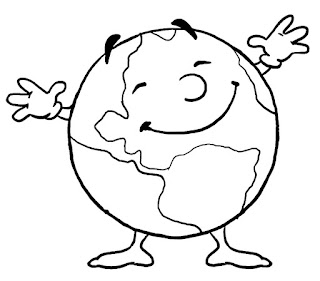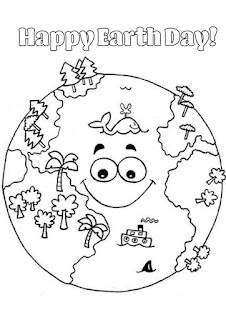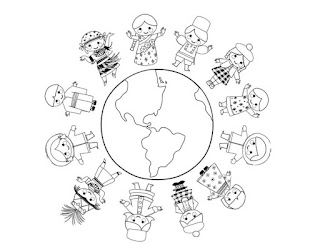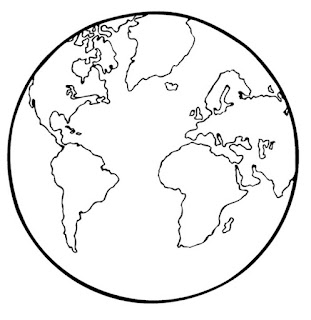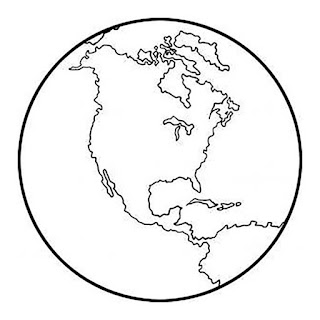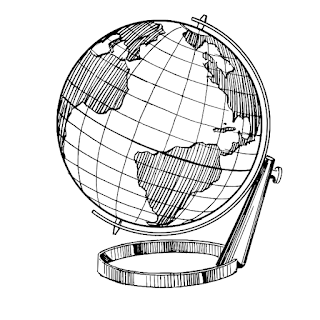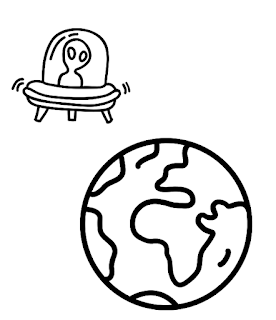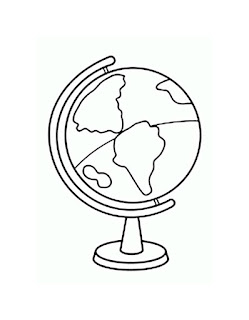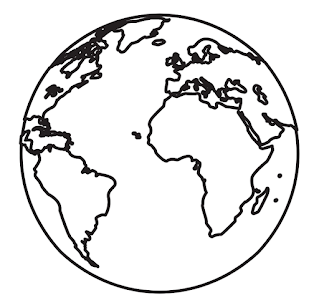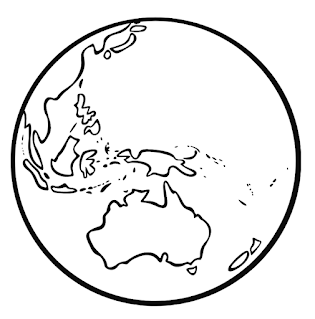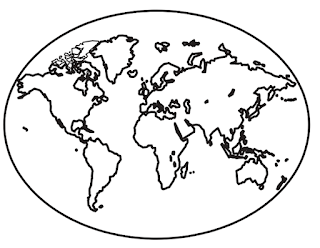On January 27, 1888, National Geographic was founded. The goal of the organization was to explore the world and promote knowledge in the general public. Nine months after it was founded, its first magazine was published and since then it has been published regularly, once a month, 12 times a year.
The first director of National Geographic was Alexander Graham Bell, the British scientist and inventor who invented Bell's phone (many think he was the one who invented the telephone, but there is controversy over this and some consider Antonio Mauchi the inventor of the telephone prototype).
For almost 130 years, the magazine has reviewed and published thousands of topics, presenting its readers with articles and pictures of distant lands, remote islands, magical and breathtaking landscapes, rare animals, wonderful plants and special and exotic customs of people from other cultures.
At first the magazine consisted of many text articles and few drawings. But when they saw that the popularity of the sheets containing many images was greater, the publishers switched to extensive pictorial content.
Thousands of issues have covered the magazine since its inception. From beautiful dancers on the island of Bali to brutal killing of animals by hunters. Thanks to the magazine people got to know new things that never occurred to them and were not even able to imagine. Thanks to him the distant and unfamiliar world became closer and closer.
The articles published in the monthly deal with a variety of topics such as history, science, geography and geology, and from time to time a special edition is published dedicated to a particular topic. Recently, the magazine has been particularly vocal on environmental issues such as deforestation and endangered species. The magazine has won many accolades for the beautiful and quality photography and the quality of the booklets and is well known due to the detailed maps that are published alongside articles about various places around the world.
On September 1, 1997, the National Geographic television channel was founded, which is a documentary channel that deals mainly with geography, hiking, animals and science.
One of the most famous stories of the magazine, is the story of the girl who scribbled exile from Afghanistan. In 1985, a photo of photographer Steve McCurry was published on the front page, showing the face of an Afghan girl with bright green eyes and a penetrating look. The girl's figure became famous all over the world. After the United States invaded Afghanistan, they began searching for it and in 2002 it was identified as an exile, an refugee of Afghan origin who fled to the United States during the war. The story of her life was published in the March 2003 issue and a documentary series was made about it on the National Geographic television channel. The organization has set up a foundation named after Sharbat Gola, whose funds have established a number of schools in Kabul, Afghanistan, and has promoted the education of girls in Afghanistan and other countries in the region, including food and drink concerns.
The organization has supported other important and significant projects such as the North Pole Expedition of Robert Piri and Matthew Anson, Antarctica Exploration by Robert Barlett, the excavations at Hiram Bingham's Machu Picchu, the first flight over Richard Byrd's South Pole, the Underwater Diving of Jacques Costo, Jane Goodall's Chimpanzee Exploration, Diane Pussy's Gorilla Exploration, George Bass' Archaeological Exploration, Robert Blard's Decked Titanic Discovery, Paul Zerno's Dinosaur Exploration and more.
In honor of National Geographic Day, look for issues of the magazine at home or at your parents 'or grandparents' house. In many libraries you can also browse the magazines. If you have the TV channel, watch interesting shows. We tend to take the existence of the National Geographic for granted, but when you think about it, its contribution to humanity is so important, enormous and significant and without it we would have known much less and perhaps the development of humanity would have been slower.
 |
| National Geographic title page (source) |






